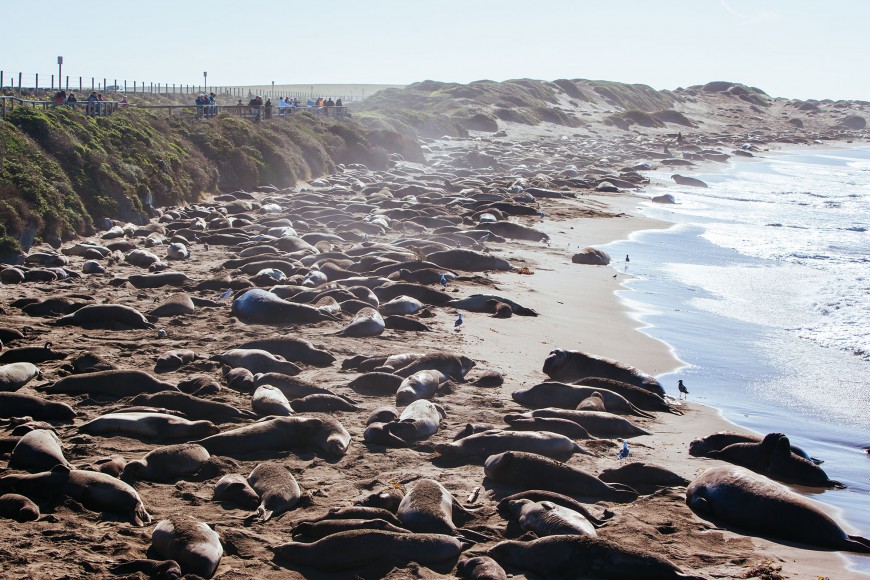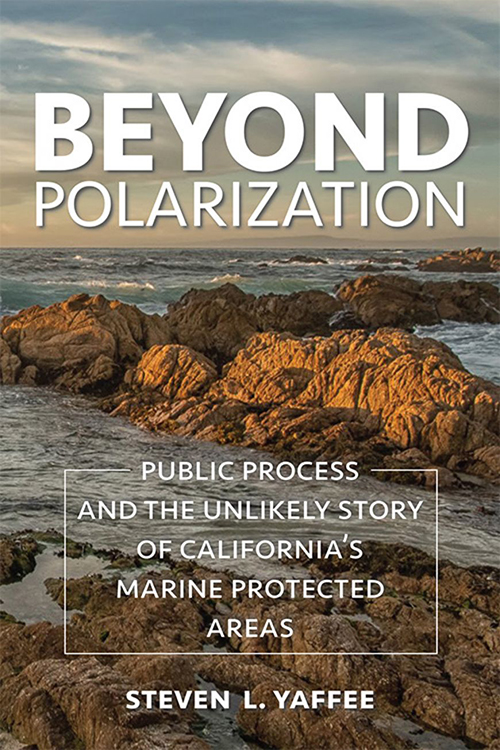
 back to all news
back to all news
Professor Steven Yaffee's Book Highlights California’s Landmark Process to Collaboratively Establish Marine Protected Areas

Steven L. Yaffee, a professor of natural resources and environmental policy at SEAS, has authored a newly published book that highlights California’s efforts to establish a system of marine protected areas (MPA) off its coast that would safeguard miles of fragile ocean resources.

Beyond Polarization: Public Process and the Unlikely Story of California's Marine Protected Areas (Island Press, June 2020) highlights the contentious 10-year public process to establish this network of 124 protected areas, which was considered nothing short of miraculous since it had to overcome political polarization, fiscal crisis, bureaucratic ineffectiveness, and insensitivity to tribal resource users, Yaffee notes. Since these factors are present in many natural resource issues today, the legacy of the process is even more enduring: a blueprint for successful public policy decision making that can be replicated elsewhere.
“My book is a story of hope and hard work,” says Yaffee, who has worked for more than 40 years on endangered species, public lands, ecosystem management policy, and the design and management of collaborative decision-making processes. “At a time when society is bogged down by polarization, leaders seem to be pulling away from the possibility of collective action, and individuals just seem overwhelmed, the California MPA story should be viewed as uplifting precisely because people succeeded in accomplishing something big despite tough challenges. It is a story where government worked hand in hand with nongovernmental partners to achieve success, and where people made complicated decisions together, informed by real-world facts and diverse values.”
California’s experience provides a rare opportunity to learn from a collaborative public process involving diverse interests and science-intensive decisions. Yaffee, a renowned expert in negotiation and collaborative decision making, spent hundreds of hours researching the MPA process in an effort to understand how California succeeded where other efforts have failed. The book is written as a narrative story that follows the initiative process region by region, each with its unique stakeholders and geographic concerns. It uses dialogue and commentary from many of those involved to enliven the story. These lessons, notes Yaffee, can be applied to similar collaborative processes across the country and world.

